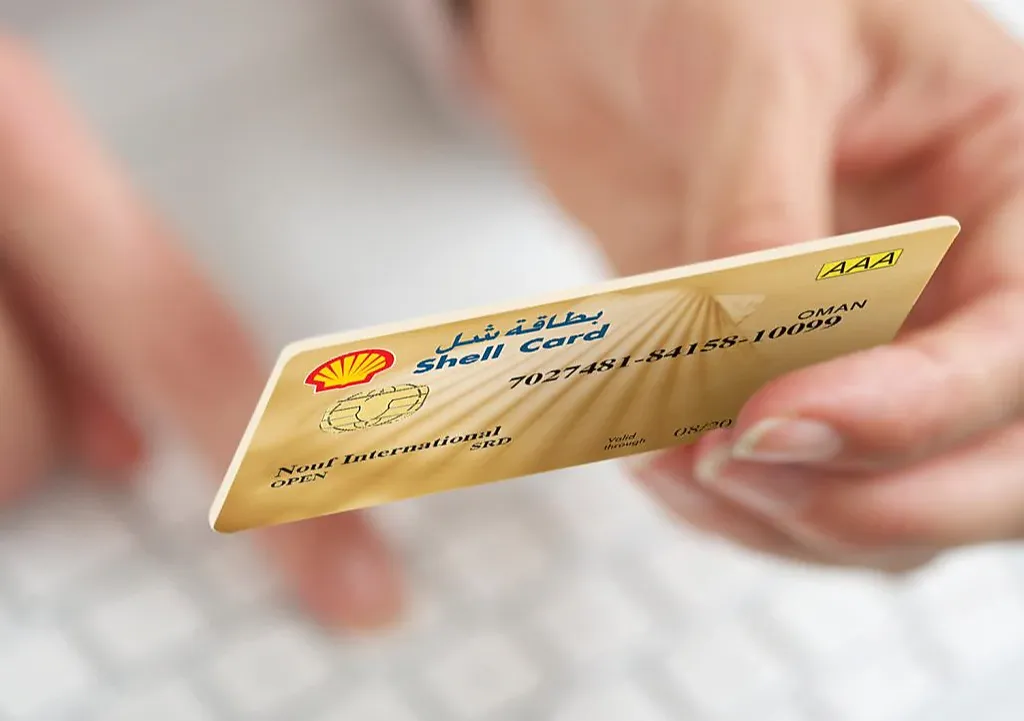Understanding Fleet Fuel Cards
Fleet fuel cards function similarly to credit cards but are tailored specifically for businesses managing multiple vehicles. They allow drivers to purchase fuel and, in some cases, maintenance services, while providing fleet managers with detailed reports on each transaction. This level of specificity enables businesses to monitor fuel consumption, identify inefficiencies, and implement cost-saving measures effectively.
Key Benefits of Fleet Fuel Cards
1. Enhanced Expense Tracking and Reporting
One of the primary advantages of fleet fuel cards is the ability to monitor fuel expenses in real-time. Detailed transaction data—including the amount of fuel purchased, cost, location, and time—allows for precise tracking of expenditures. This transparency facilitates accurate budgeting and financial planning, enabling businesses to allocate resources more effectively. According to Forbes, fleet fuel cards provide comprehensive reporting tools that help businesses keep a close eye on fuel expenses.
2. Cost Savings through Rebates and Discounts
Many fuel card providers offer rebates or discounts on fuel purchases, which can accumulate into substantial savings over time. For instance, the WEX Fleet Card provides access to a vast network of fueling stations with potential discounts, aiding in reducing overall fuel expenses. By leveraging these savings, businesses can improve their bottom line and allocate funds to other critical areas.
3. Improved Control over Fuel Purchases
Fleet fuel cards empower managers to set purchase controls, such as limiting fuel types, restricting non-fuel purchases, and setting spending caps. This level of control helps prevent unauthorized expenses and reduces the risk of fraud. As noted by Fuelman, implementing purchase controls can significantly enhance a company's ability to manage fuel-related expenses effectively.
4. Simplified Administrative Processes
Managing numerous fuel receipts can be a daunting task. Fleet fuel cards consolidate all transactions into a single, itemized invoice, simplifying the accounting process. This consolidation reduces administrative burdens and minimizes the likelihood of errors in financial records. According to altLINE, fuel cards can streamline administrative tasks by providing detailed transaction records, thereby simplifying expense management.
5. Enhanced Security Measures
Fuel cards often come equipped with security features such as PIN protection and real-time monitoring to detect unusual transactions. These measures help safeguard against fraudulent activities and ensure that fuel purchases align with company policies. As highlighted by Wikipedia, fuel cards offer various security benefits, including chip-and-PIN protection and transaction restrictions to enhance security.
6. Access to Additional Services
Beyond fuel purchases, some fleet fuel cards offer access to maintenance services, emergency roadside assistance, and other valuable services. For example, the Shell Card Business Flex™ provides access to over 45,000 service locations, including participating Jiffy Lube® locations, offering discounts on maintenance services. This added convenience ensures that vehicles remain in optimal condition, reducing downtime and maintenance costs.
7. Environmental Impact Monitoring
Some advanced fleet fuel card programs provide analytics on fuel consumption patterns, enabling businesses to monitor their carbon footprint. By analyzing this data, companies can implement strategies to reduce emissions, aligning with environmental sustainability goals. Geotab emphasizes that using fleet fuel cards can aid in monitoring fuel usage, thereby supporting environmental initiatives.
Implementing Fleet Fuel Cards in Your Strategy
To effectively integrate fleet fuel cards into your management strategy, consider the following steps:
1. Assess Your Fleet's Needs
Evaluate the size of your fleet, typical fuel consumption, and routes to determine which fuel card program aligns best with your operations. For instance, if your vehicles frequently travel nationwide, a card with extensive network coverage, like the Shell Card Business Flex™, would be advantageous.
2. Compare Card Features
Not all fuel cards offer the same benefits. Compare features such as discount rates, network coverage, reporting capabilities, and additional services. Expert Market's comparison of top fuel cards can serve as a valuable resource in this evaluation.
3. Implement Purchase Controls
Utilize the control features offered by fuel cards to set spending limits, restrict certain purchases, and monitor driver behavior. This proactive approach minimizes the risk of unauthorized expenses and promotes responsible spending.
4. Monitor and Analyze Data
Regularly review transaction reports to identify spending patterns, detect anomalies, and uncover opportunities for cost savings. Tools like ClearView™ analytics, available with Shell Card programs, provide valuable insights into fuel consumption and expenses.
5. Train Your Team
Educate drivers and administrative staff on the proper use of fuel cards, company policies, and the importance of adhering to established guidelines. A well-informed team ensures that the benefits of the fuel card program are fully realized.
